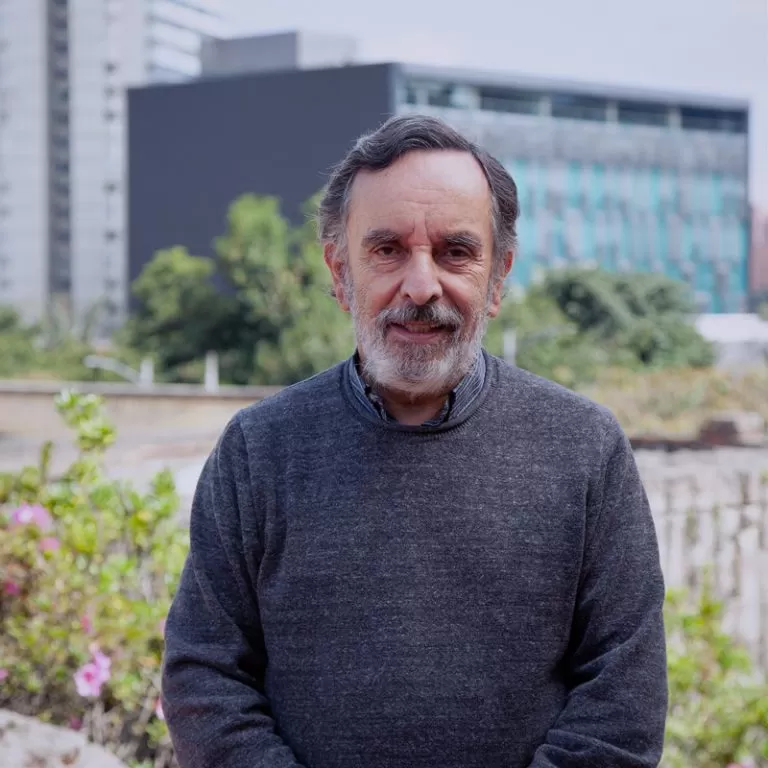El Festival Iberoamericano de Teatro de Bogotá, FITB, en sus casi tres décadas de existencia, ha mostrado una vitalidad y renovación que lo define como una organización única de arte y cultura. Desde 1988, XII versiones, más de tres millones de asistentes en sus últimas ediciones, cerca de trescientos grupos internacionales participantes, alrededor de mil trescientas funciones, tres mil artistas participantes, dos semanas de presencia en la ciudad cada dos años, son algunas de las cifras que permiten calificar a este evento como la más importante manifestación artística y cultural, en los ámbitos nacional y latinoamericano. Este libro tiene por objeto describir las prácticas gerenciales y administrativas que la organización ha aprendido y consolidado en el curso de su existencia. Es justamente el análisis y descripción de este proceso complejo el núcleo central de esta investigación. Esta experiencia de aprendizaje organizativa no solo es importante para esta corporación; también es materia de conocimiento y elemento de juicio para el creciente conjunto de organizaciones de arte y cultura que enfrentan desafíos administrativos semejantes. Los conocimientos decantados en el terreno académico de la gestión cultural (Arts Management) han sido los criterios de referencia que han guiado este libro, en el cual se ha intentado responder a las siguientes preguntas: ¿Qué es? ¿Quién viene? ¿Cómo se organiza? ¿En qué forma se financia? y finalmente ¿qué efecto tiene la manifestación cultural más importante de la ciudad, el FITB?
The Ibero-American Theater Festival of Bogotá, FITB, in its almost three decades of existence, has shown a vitality and renewal that defines it as a unique organization of art and culture. Since 1988, XII versions, more than three million attendees in its latest editions, about three hundred participating international groups, around one thousand three hundred performances, three thousand participating artists, two weeks of presence in the city every two years, are some of the figures that allow qualifying this event as the most important artistic and cultural manifestation, in the national and Latin American fields. The purpose of this book is to describe the managerial and administrative practices that the organization has learned and consolidated in the course of its existence. It is precisely the analysis and description of this complex process that is the central nucleus of this research. This organizational learning experience is not only important for this corporation; it is also a matter of knowledge and judgment for the growing body of arts and culture organizations facing similar administrative challenges. The knowledge decanted in the academic field of cultural management (Arts Management) have been the reference criteria that have guided this book, in which an attempt has been made to answer the following questions: What is it? Who is coming? How is it organized? How is it financed? And finally, what effect does the most important cultural manifestation of the city, the FITB, have?



